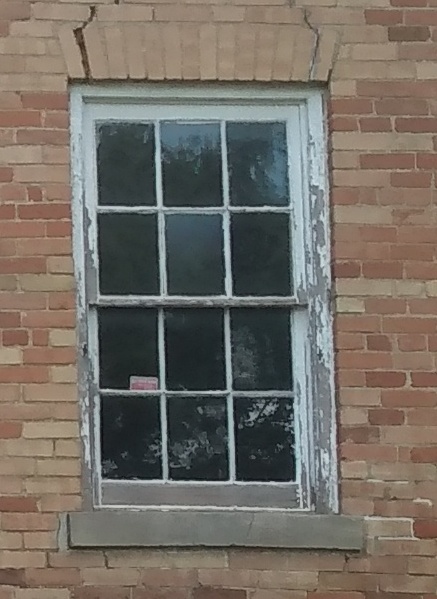For some reason, a company called Mount Elgin Development is building cookie-cutter homes around the site. And needs to demolish the old home to do so. Once he's demolished Elgin Hall, the developer has offered to build a new apartment structure on the site with a façade that would mimic the “style” of the old house using the existing building materials. Oh goody! Another replica like the Sir Adam Beck Manor in London (see No. 4 here). The developer also states the building is in poor shape. Of course it is. Guess who let it get that way?
Last year a group of concerned individuals trying to save the building felt they’d made some progress towards designating the structure and selling it. But the developer refused an offer of more than a million dollars from Garth Turner, who has won awards for heritage restoration projects from Heritage Canada, among other organizations. Turner is a great-grandson of Bodwell.
Southwest Oxford Council met yesterday, April 18, to discuss placing a heritage designation on Elgin Hall. Unfortunately, they voted 4-3 to not grant heritage designation. Despite the fact that the building meets four of the criteria required for heritage designation (only two are needed) the developer can now apply for a demolition permit and is expected to do so.
My pictures were taken last year. I assume the deterioration is even more advanced at this point.
 |
| Attractive recessed front doorway. |
 |
| Advanced deterioration to rear wing. At least the front might have been preserved. |
 |
| Note 6 over 6 wooden sash. |
Update, May 2, 2023: The developer smashed the house to bits yesterday. To add insult to injury, the demolition company chose to make jokes about the building on their website.
Our architecture just doesn't get any respect. At the very least this home could have been deconstructed, not demolished, so that its windows, bricks, and interior fixtures could be used in another old building being restored.



